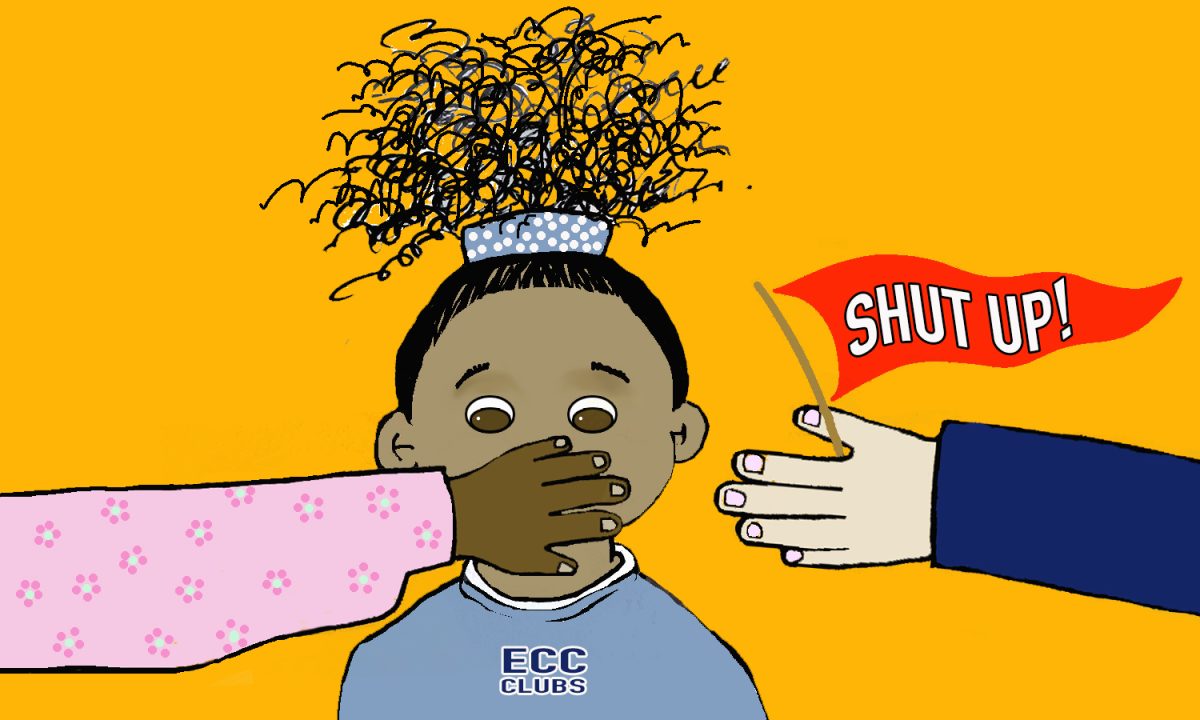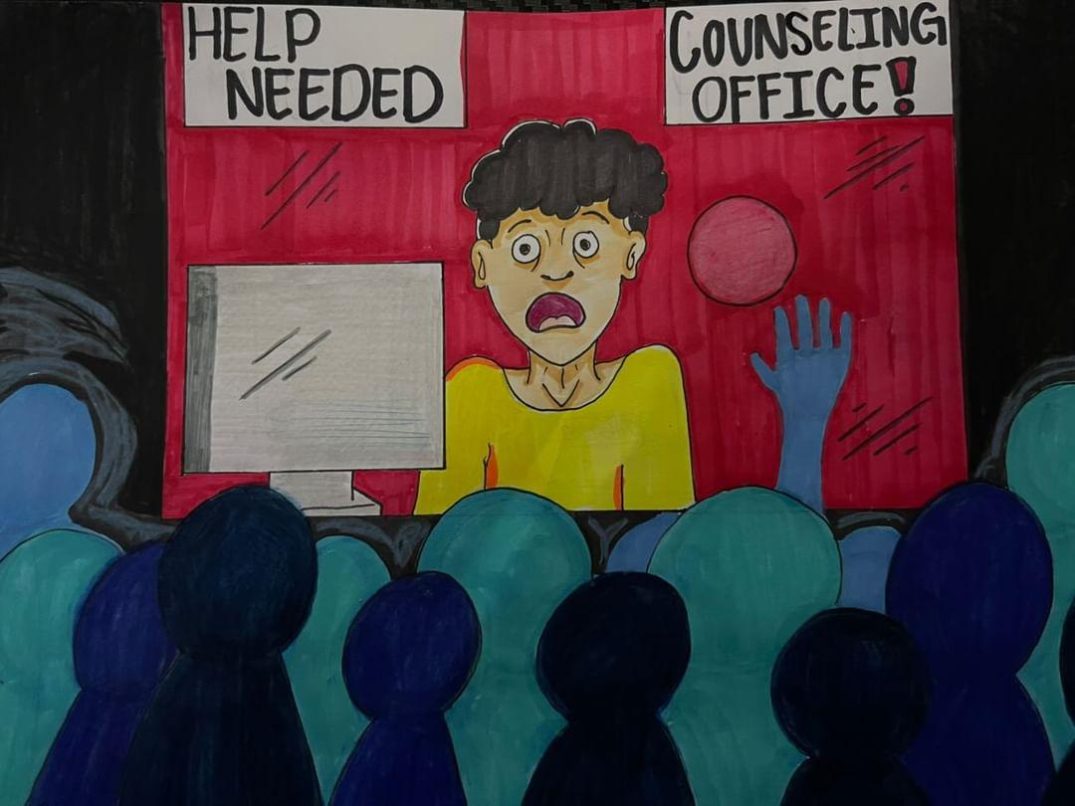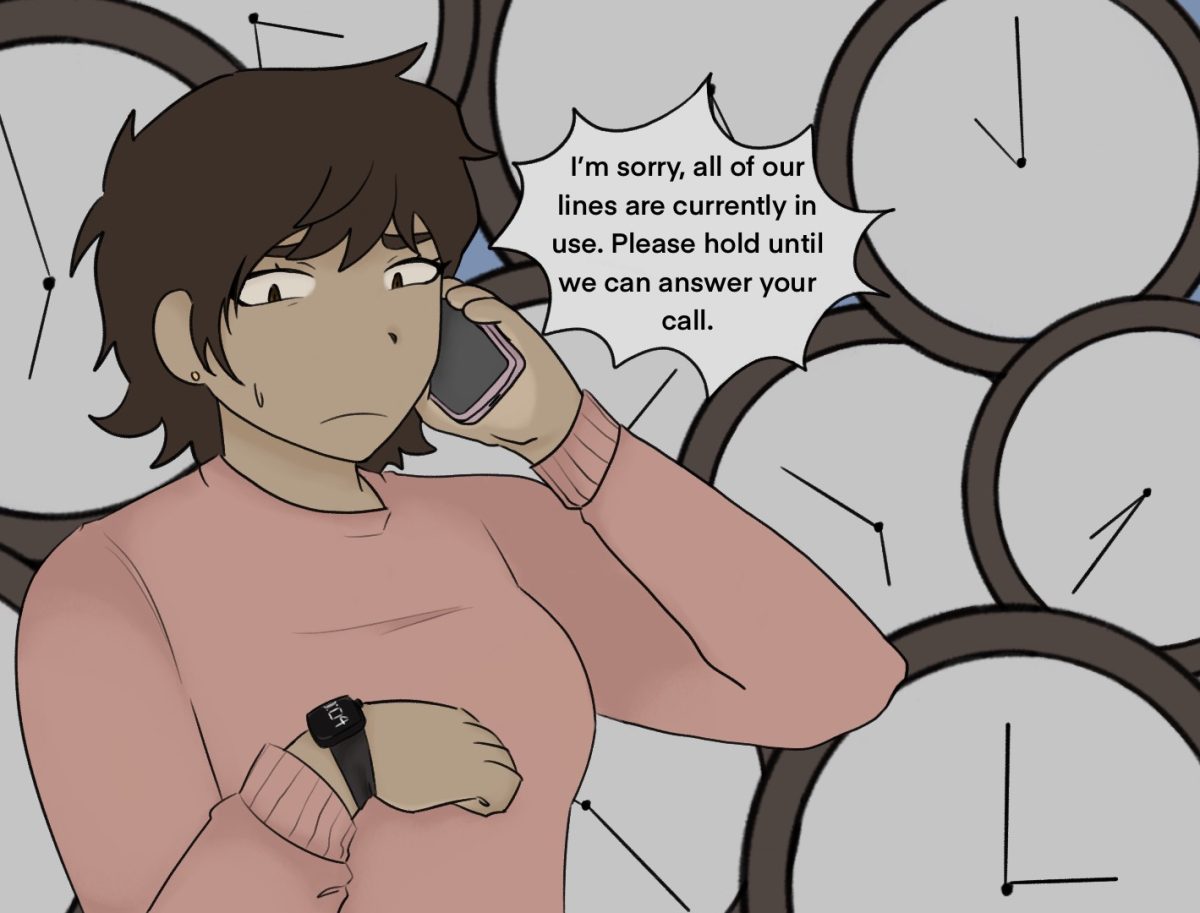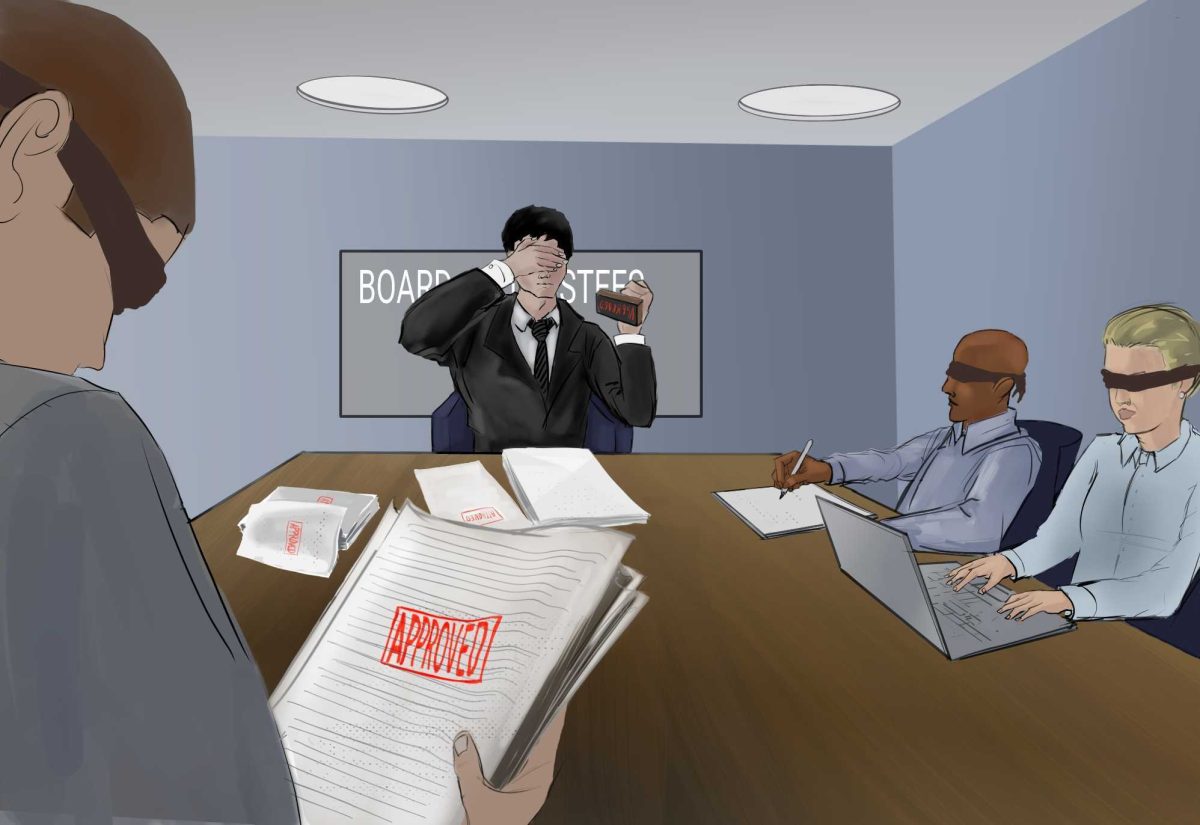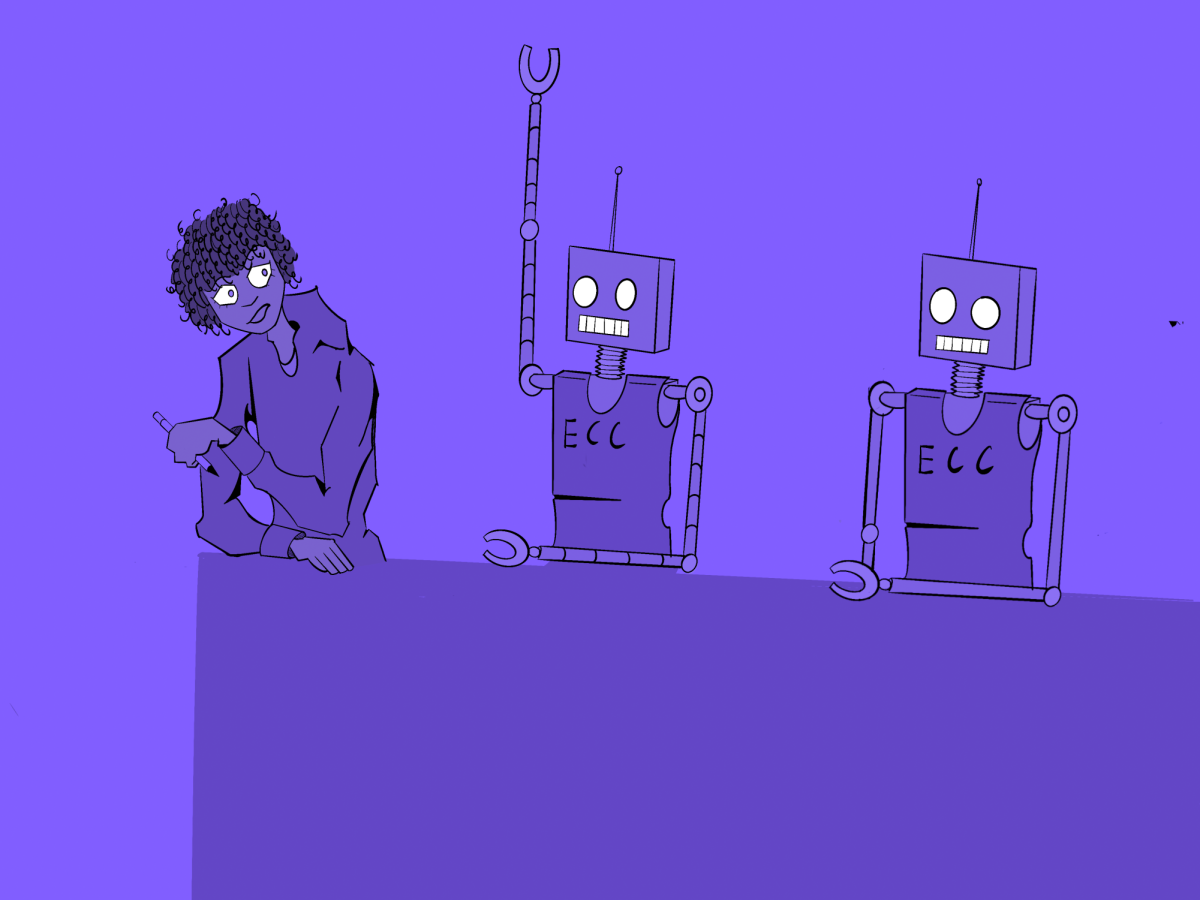Domestic violence, in most cases, is when the perpetrator is an intimate partner, and in all cases, it is someone that the victim knows well. Most of the time, victims of violent behavior already know the perpetrator. Even though this is a well-established fact, people still have a difficult time acknowledging and accepting it. There is a tendency for people to think of violence as being exotic or unusual, something that doesn’t necessarily happen in their neighborhood, much less within their circle of friends or family.
Domestic violence and sexual violence is, in fact, not unusual, and when you do see or hear about a situation you can be sure that it is not the only time it has ever happened – that there is even a motive behind it, in the perpetrator’s mind – and if it has occurred once, it will occur again, as it has before.
Violence is prevalent in our society and people do perceive it because many of us have been affected by it ourselves, whether it was a first hand experience or something that a friend shared with us. Unfortunately, when there is a lack of communication or lack of education, individual awareness and cultural consciousness is halted and violence continues.
I think it is important to point out that the impact of violent behaviors and aggression hinders personal progress and social growth. It minimizes human contribution as victims are left to suffer in silence. The lack of communication about the subject leaves people without effective tools to protect themselves and others. When silence is perceived as the favorable alternative, everyone loses their power to effectively create safe environments that are crucial for learning and productivity.
But when people are active in breaking the silence, healing can take place and often does, and a new level of awareness begins on both an individual and social level. When people are able to identify a situation and they know what to do, they are more likely to respond in a helpful manner and even avert a situation before it escalates to violence.
There is a social stigma around violence, domestic violence, and sexual violence. It makes people uncomfortable so they often avoid talking about the issue, unless they are prompted to talk about it or unless the culture encourages them to. The “No More” movement’s intention is to facilitate awareness and break the social stigma by educating the public on domestic and sexual violence. They encourage people to reach out for help and they encourage bystanders to play a more active role in helping victims.
“No More” incorporates a variety of techniques that are useful in getting the public’s attention and in changing people’s behavior. They stand as a unifying symbol for causes and organizations that educate and provide service to people who face or are at risk for domestic and sexual violence and are a resource to the people who want to help them. Their presence and unifying work gets people’s attention as they serve as kind of clearinghouse of information so victims know there is help and that they are not alone.
One of the ways that “No More” is gaining public awareness is by its celebrity promoters. Celebrity promoters increase their popularity as they also serve to garner people’s trust. Most importantly, they help send the message that it is OK for people to break the silence and talk about something as important as domestic and sexual violence. When people see others whom they like and respect voicing their thoughts and opinions and supporting a cause, they are more likely to feel comfortable doing it themselves.
It is important for people to speak up about what makes them uncomfortable and to ask for help because that is how change begins. Domestic and sexual violence is not a new subject; it is a reality that has been around for as long as people have been around. For that reason, there is help for these matters and it is important for people to know that they are never alone.



